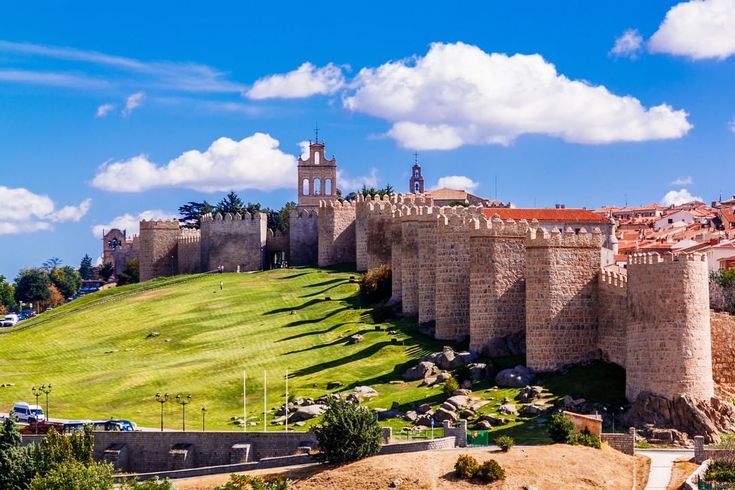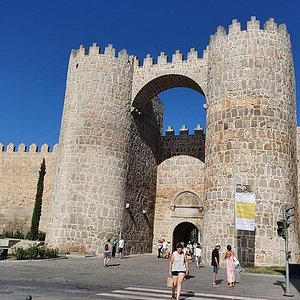
The vestiges of medieval times are distributed throughout the entire Spanish geography. Between the 5th and 15th centuries, castles, walls and other buildings were built in Spain that is still present today and that, in addition, represent a fundamental tourist attraction for certain towns and cities. Ávila is a clear example of this and its medieval attributes have caught the attention of 'TravelMag', a prestigious online magazine specializing in travel.
In an article published on February 15 on "The most beautiful medieval cities in Europe", the magazine's experts included Ávila in the ranking, and it was also the first city mentioned in the publication.
One of the requirements to be part of the list is to have very well preserved medieval elements, and Ávila more than achieves this. This small city in Castilla y León has a spectacular medieval wall built between the 11th and 13th centuries. It has a perimeter of 2,516 metres, has 87 towers, nine gates, two gatehouses and 2,500 merlons (vertical projections on the top of the wall that allowed the defender to take shelter)

As if this were not enough, in 'TravelMag' they emphasize that the imposing wall surrounds an ancient city full of churches, convents and basilicas built between the 12th and 16th centuries. One of them is the Ávila Cathedral. This gives rise to a mixture of Romanesque and Gothic elements.
The wall is founded on rock, and granite was used in its construction. Various levels of robustness are observed in its different parts. This is so because the eastern front was raised first, the one that was most vulnerable at the time due to the lack of a natural defence against attacks. Therefore, its structure is more solid with walls three meters thick and 12 meters high.
In the original design, additional defensive elements were added, such as moats and barbicans (types of windows through which cannons or arrows were fired), but with the disappearance of the constant danger of war in the 16th century, they were eliminated.

 Over time, repairs were carried out to maintain its majestic appearance. On March 24, 1984, it was declared a National Monument and in 1985 UNESCO declared the city of Ávila World Cultural Heritage.
Over time, repairs were carried out to maintain its majestic appearance. On March 24, 1984, it was declared a National Monument and in 1985 UNESCO declared the city of Ávila World Cultural Heritage.
Today you can visit the wall at different times. In winter, from 10:00 a.m. to 6:00 p.m every day except Monday. In summer from 10:00 a.m. to 8:00 p.m every day. The price of the individual ticket is €5, with a reduced option of €3.5. In addition, access is free on Tuesdays from 2:00 p.m. to 4:00 p.m. except for holidays or the eve of holidays through the Puerta del Alcázar.